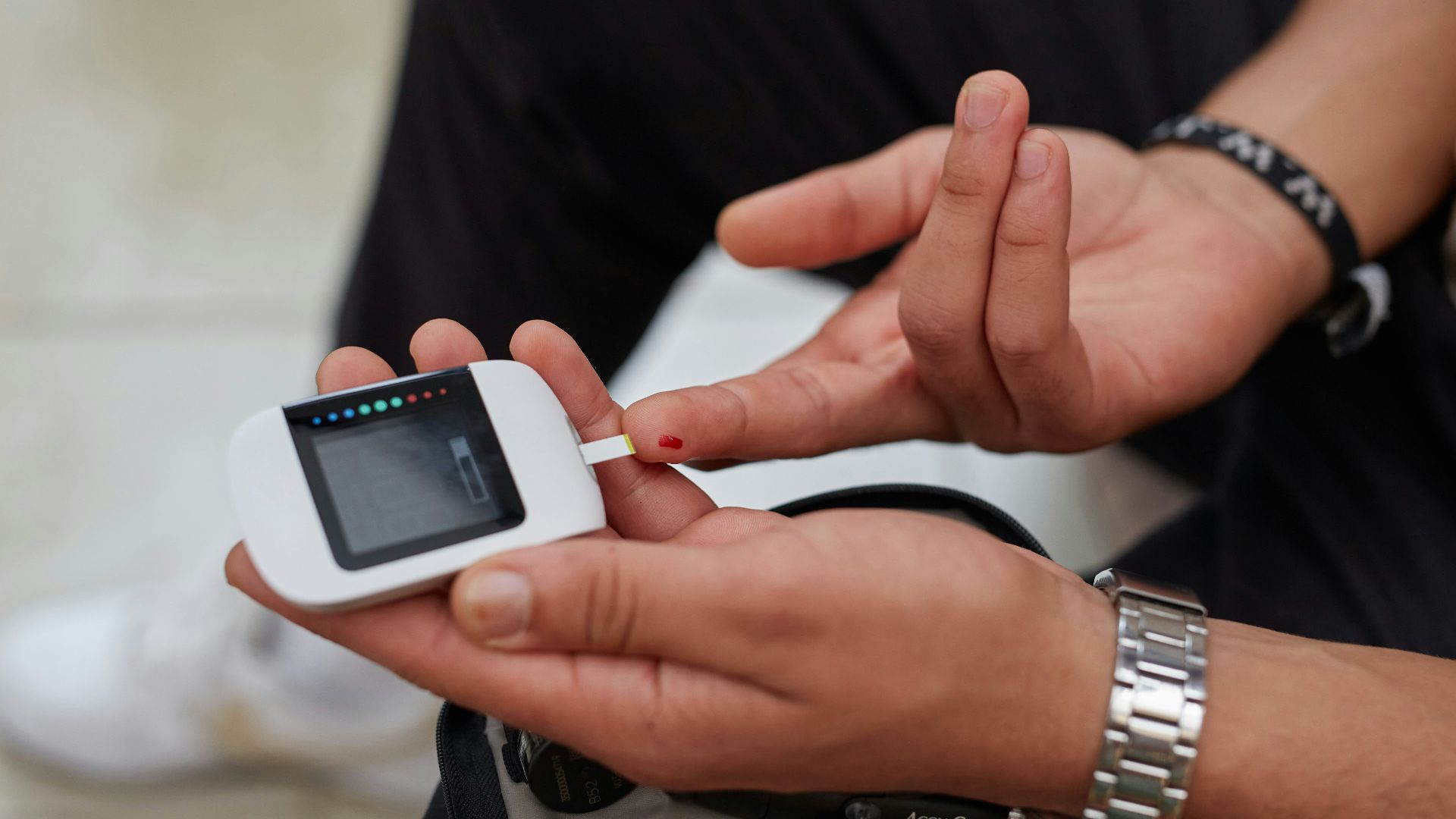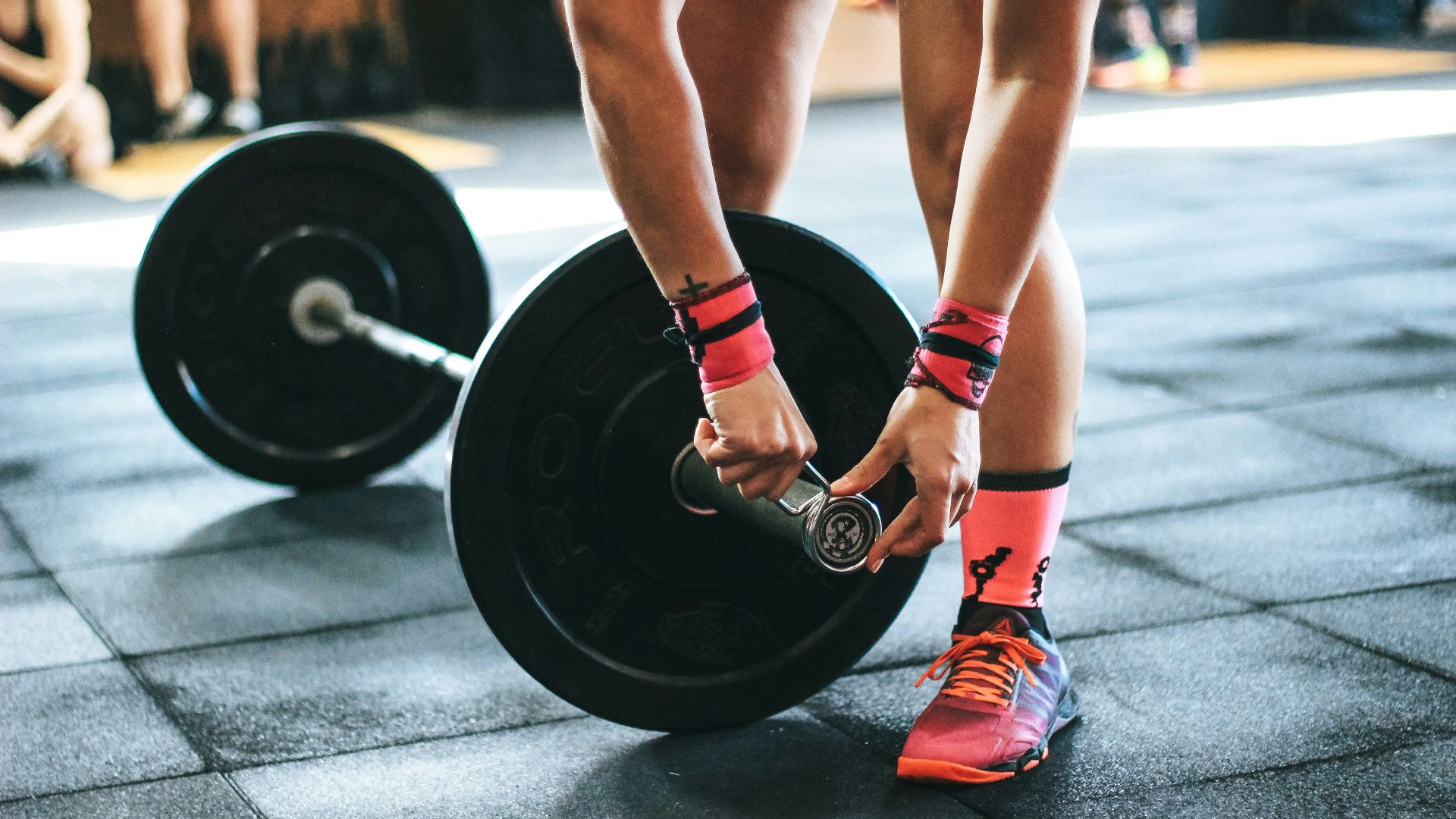The Surprises, Setbacks, and Simple Fixes
Something odd happens as we cross 30. The change doesn’t occur all at once overnight, but this milestone marks a subtle shift in the way our bodies work. Sometimes, the changes are subtle enough to shrug off, but other times they’re distracting enough to make us reach for the ibuprofen before breakfast. When we cross into our thirties, our muscles start to get sensitive, our energy dips around 3 p.m., and things our parents complained about begin appearing with suspicious timing. And while these changes are annoying, most of them are manageable once we understand what’s happening beneath the surface. Here are 10 problems that start in your thirties and 10 ways to mitigate them.
1. Slower Metabolism
When we cross into our thirties, our metabolism starts easing down like a train gently braking. Then it hits: the jeans that fit last summer suddenly push back. It’s not a moral failing; it’s biology. Long workdays, rushed breakfasts, and late-night snacking only widen the gap.
2. Joint Aches and Knee Complaints
Around 30, our knees and hips file their first official complaint. If you spend too long sitting at a desk, suddenly the stairs feel steeper afterward. Some swear they can predict rain by the ache alone, which feels like something only grandparents used to say, yet here we are.
3. Back Pain
Your back becomes the tattletale of your lifestyle. One weird twist while picking up a laundry basket and suddenly even breathing feels overly involved. Suddenly stretching in the gym before exercising becomes a necessity rather than an occasional undertaking.
4. Digestive Weirdness
Food hits differently when your twenties are in the rearview mirror. Dairy that was once harmless now leaves you bloated and irritable. Spicy food after a night out leads to disaster in the morning. By thirty, the gut becomes a little dramatic, reacting to stress, missed sleep, and more adventurous menu items.
5. Rising Cholesterol
Cholesterol tends to climb quietly, without symptoms (at least at first). Maybe it’s the breakfasts grabbed in a rush, or the gas station snacks eaten without a second thought during a long drive. Routine blood work starts to matter in a new way, as do our dietary habits.
6. Blood Sugar Fluctuations
Sugar highs and crashes become more pronounced as we age. Some days feel like riding a roller coaster powered by coffee and office pastries. The dips can be dramatic, with sudden yawning, difficulty finishing a simple email, and carb cravings that drive us to distraction.
7. Hormonal Changes
Hormones begin changing as we age, affecting sleep, skin texture, weight, and even our patience levels. One day you’re fine, the next you’re snapping at a cereal box for opening sideways. It’s not just stress; chemistry plays a role in our mood as much as our natural temperament.
8. Reduced Muscle Mass
Without resistance training, muscle levels decline a little each year. Lifting a carry-on into an overhead bin starts to feel, inexplicably, like a workout. Even simple tasks like moving a couch or hauling groceries serve to remind us that strength, if you don’t use it, you lose it.
9. Eye Strain and Vision Changes
Around thirty, our eyes start sending mixed messages. Small text begins to appear blurry, and we develop headaches after long sessions on our laptops. All of a sudden, that blue blocker and dark screen feature on our laptops begin to come in handy.
10. Rising Stress and Sleep Problems
As we age, our responsibilities rise into a wobbly stack: work, finances, relationships. The list goes on. Sleep evades us more easily, replaced by tossing, turning, and mentally reviewing tomorrow’s to-do list. Even a neighbor’s barking dog can feel like a personal attack at 2 a.m.
And once all those changes surface, the instinct is to fight back. Fortunately, the fixes aren’t mysterious; they just require a bit of intention.
1. Strength Training 2–3 Times a Week
There’s no need to aspire to be the next Mr. Olympia; even resistance bands or bodyweight workouts can help rebuild muscle and support aging joints. Squats, planks, and push-ups are classics because they work.
2. Daily Walking Rituals
Walking stabilizes blood sugar, clears the mental clutter, and helps jumpstart digestion after a meal. A quick loop around the block after lunch may seem tiny, but the cumulative effect builds quickly.
3. Stretching and Mobility Work
A few minutes in the morning and at night do wonders to keep you flexible. Exercises to concentrate on include hip openers, hamstring stretches, and shoulder rolls. It sounds too easy, yet somehow this daily habit is what will allow you to keep your balance in your eighties.
4. Protein-Forward Eating
Adding protein to meals steadies appetite and helps preserve muscle mass. Eggs, Greek yogurt, nuts, chicken, and beans are simple, filling choices. Breakfast is especially important, and skipping it tends to invite digestive chaos by mid-morning.
5. Fiber, Probiotics, and Water
Fiber keeps things moving, and the prebiotic content helps maintain microbiome diversity. Water frequently gets dismissed, but staying hydrated helps solve more problems than it gets credit for.
6. Regular Health Screenings
Cholesterol, blood pressure, and glucose are baseline checks that give a clear snapshot of your health before anything has a chance to slide off course. Together, they map out the metabolic trends that determine whether your health is drifting or holding steady.
7. Sleep Hygiene That Actually Works
Sleeping in a cooler room and avoiding doom-scrolling in bed an hour or more before you want to sleep will help you sleep better. This boring routine, combined with herbal tea, stretching, and reading, will help coax your mind into a state of calm. And yes, having a decent pillow really does matter.
8. Stress Management Habits
Making breathing exercises and meditation a routine part of your day will help keep your mental state steadier. Even a short break in the car before heading inside can shift the entire mood of an evening.
9. Limiting Sugary Highs and Crashes
Swapping soda for sparkling water, pairing carbs with protein, and avoiding dessert as a midnight snack all help stabilize energy. Instead of a piece of cake, opt for something like peach slices with cottage cheese, or almonds with fruit; these little pairings satisfy your sweet tooth but are healthier than the sugary alternatives.
 Farhad Ibrahimzade on Unsplash
Farhad Ibrahimzade on Unsplash
10. Posture-Friendly Workspaces
Most of us spend hours every day sitting at a desk, typing. When your chair doesn’t adequately support your posture, your spine pays the price. It might not happen overnight, but the effect compounds over time. Taking the time to stand, stretch, and just do a lap of the office will do wonders for preserving your posture.
KEEP ON READING

10 Pre-Workout & 10 Post-Workout Tips To Follow


























